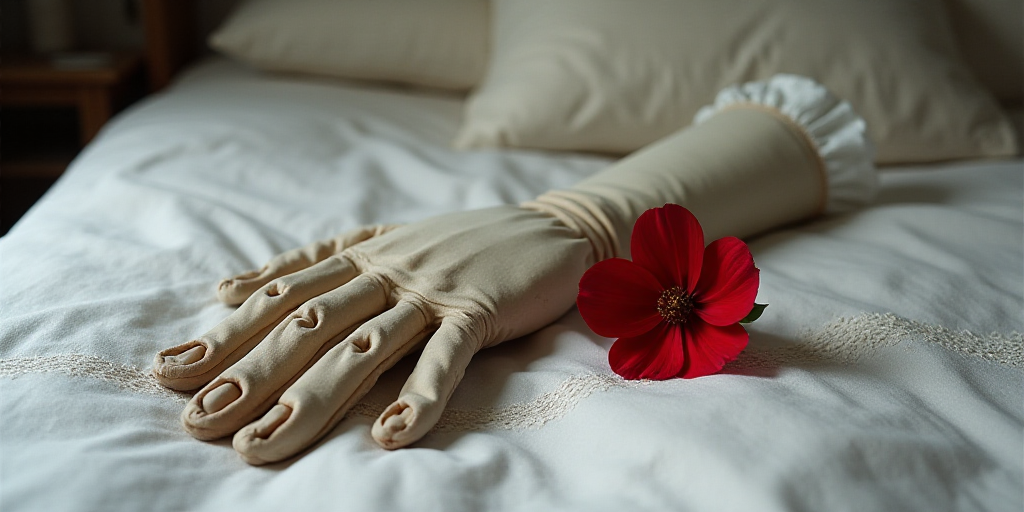Ancient Civilizations in China and Southeast Asia Practiced Mummification Thousands of Years Earlier than Previously Believed
Some ancient civilizations in China and Southeast Asia dried the bodies of their deceased using smoke, suggesting they performed mummification thousands of years before the Egyptians or Chileans, according to a study.
Egyptian Mummification vs. Ancient Asian Practices
While mummification in ancient Egypt, where bodies were wrapped in bandages, dates back to around 4,500 years ago, the oldest known examples of mummification so far come from ancient Chilean civilizations.
In Chile, the dry air along the Atacama coast allowed for natural mummification through desiccation.
Recent Discoveries in Asia
However, scientists recently found skeletons buried in contracted postures with traces of burning in China, Vietnam, the Philippines, Laos, Thailand, Malaysia, and Indonesia—regions that are primarily humid.
They proposed the hypothesis that these bodies were subjected to a mummification process through smoke-drying, a practice known in some parts of Papua, Indonesia.
Some bodies date back more than 10,000 years, suggesting that these civilizations practiced forms of mummification thousands of years earlier than previously thought.
Cultural Significance and Preservation
“The results were a great surprise,” said Hsiao-chun Hung, a researcher at the University of New South Wales.
“The bones are very old, and it’s surprising to find that this tradition is so ancient,” Hung added.
Although scientists claimed that smoke-drying was likely the “most effective option for preserving corpses in tropical climates,” it is also probable that the process held cultural significance.
Several societies in Indonesia and Australia smoke-dried and air-dried the bodies of their deceased by binding them and placing them over a continuously burning fire, often for several months.
This process allowed family members to maintain contact with the deceased and, in some cases, it was believed that it enabled the spirit to wander freely during the day and return to the body at night.
“This reflects something deeply human: the eternal desire that our loved ones never leave us but remain by our side forever,” Hung told AFP.
Key Questions and Answers
- What is the significance of these findings? These discoveries suggest that ancient civilizations in Asia practiced mummification thousands of years earlier than previously believed, challenging our understanding of early mummification techniques.
- How did these civilizations achieve mummification? Through smoke-drying, a process in which bodies were exposed to smoke in a dry environment. This method was effective in preserving the remains, especially in humid regions like Southeast Asia.
- What was the cultural significance of mummification in these societies? Mummification was believed to maintain a connection between the living and the deceased, allowing spirits to wander freely during the day and return to their bodies at night.
- Why is this discovery important for understanding human history? This finding expands our knowledge of ancient practices and beliefs surrounding death, demonstrating the diversity and complexity of human cultures across time and geography.






